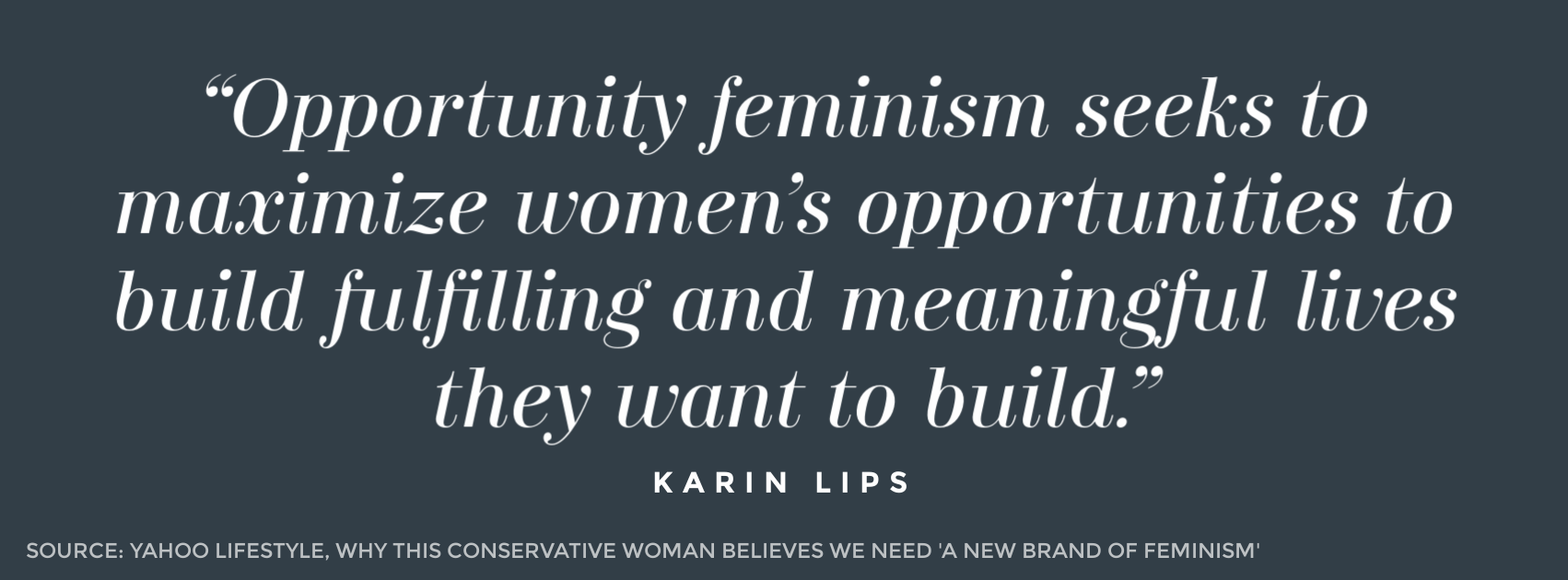‘No Ceilings’ Is the Clinton 2016 Playbook
This article originally appeared in US News & World Report.
Most of the attention on Hillary Clinton’s recent return to the public stage has focused on her use of private email as secretary of state, as well as questions about foreign donations to the Bill, Hillary & Chelsea Clinton Foundation. A less noticed story foreshadows what the public should expect if Clinton throws her hat into the 2016 presidential ring – a focus on economic “ceilings” and the need for more government regulations to fix this problem.
To commemorate the 20th anniversary of the United Nations’ Fourth World Conference on Women in Beijing, and then-first lady Clinton’s speech there calling for greater gender equality, the Clinton Foundation partnered with the Bill & Melinda Gates Foundation to examine data points from 197 countries on the status of women and girls and measure progress toward gender equality. The result of the project is the recently released 45-page report, “No Ceilings: The Full Participation Report.”
Citing data points from around the world, the report makes the case that women still have a long way to go to achieve equality. Much of the report has an international focus and puts a spotlight on injustices that Americans of all political stripes can agree are worth fighting: human trafficking, genital mutilation and the lack of educational opportunities for girls and women, for example.
Using the report data, the Clinton Foundation released a separate supplemental “No Ceilings: The Full Participation Plan.” While many of the 10 priorities listed to advance girls and women are not a cause of disagreement, the economic policies in Priority 8 are what the public should pay attention to.
When it comes to economic policies and how to measure the success of women in the workforce in the U.S., there is much room for debate and the plan’s solutions should give Americans pause.
Last presidential election cycle, the “war on women” was used to justify greater regulation in the economy to benefit women (think equal pay legislation). After the failure of the “war on women” to resonate in many midterm elections, this time it looks like the same economic policies could be repackaged as efforts to shatter ceilings. The public should question what ceilings really still exist and what policies would really help shatter them.
Priority 8 in the plan, “Eliminate barriers to women’s economic participation,” contains the talking points on economic policy, which could easily be translated into Clinton’s playbook for winning women if she runs in 2016. The premise of the priority is dubious, as referring to economic “participation” conveys that women can’t participate in the economy now. In practice, the “solutions” could make American women’s economic challenges worse.
These are the same ideas we’ve heard again and again by Clinton, just repackaged.
The plan calls for a living wage, despite evidence that increasing the legal minimum wage makes it more difficult for some people to get their first job and get on the economic ladder to success.
It also calls for an end to pay disparity. This is likely a reference to the debunked claim that women make 77 cents for each dollar men make, which is used as evidence of rampant discrimination. Ignoring important differences in industries chosen, hours work and years of experience, as this claim does, The Washington Free Beacon found that even Clinton was guilty of pay discrimination. This claim is used to justify laws that would expand the role of government in employer-employee relationships, making hiring women more costly.
The plan weighs in on the question of children. In addition to paid leave, it calls for quality, affordable child-care, which likely means government-funded daycare.
While Clinton has advocated for many of these policies before, she now has the full “No Ceilings: The Full Participation Project” – which includes, the report, the plan, a social media campaign and more – behind her to make the case for all of the ceilings that still exist for American women.
In the 2008 presidential election, Clinton at times seemed reluctant to embrace the “first female president” hype, but did so as she ended her campaign. At her last campaign rally at the National Building Museum, she said, “Although we weren’t able to shatter that highest, hardest glass ceiling this time, it’s got about 18 million cracks in it.”
While much of the media focus is likely to continue to be on missing government emails, the public should remember that Clinton is focused on ceilings – making the case that they exist now, and then likely arguing that only she can shatter them.



